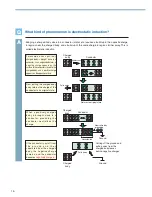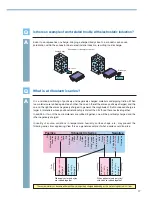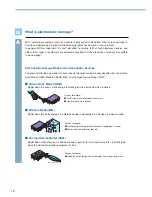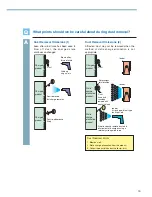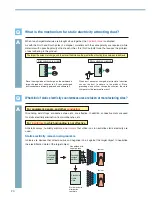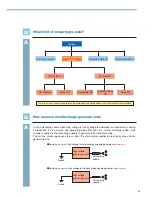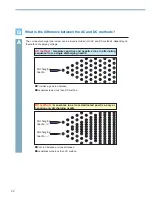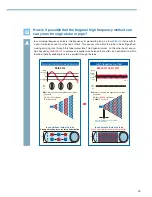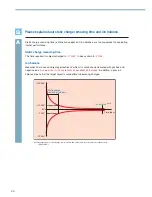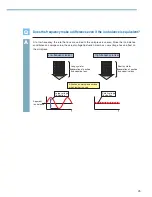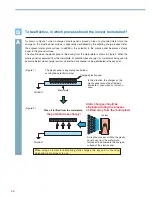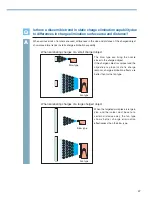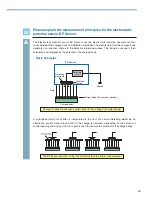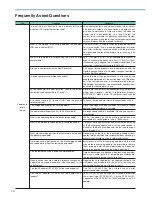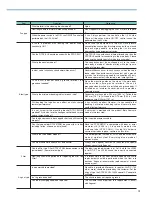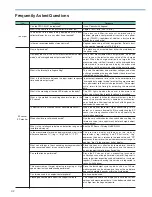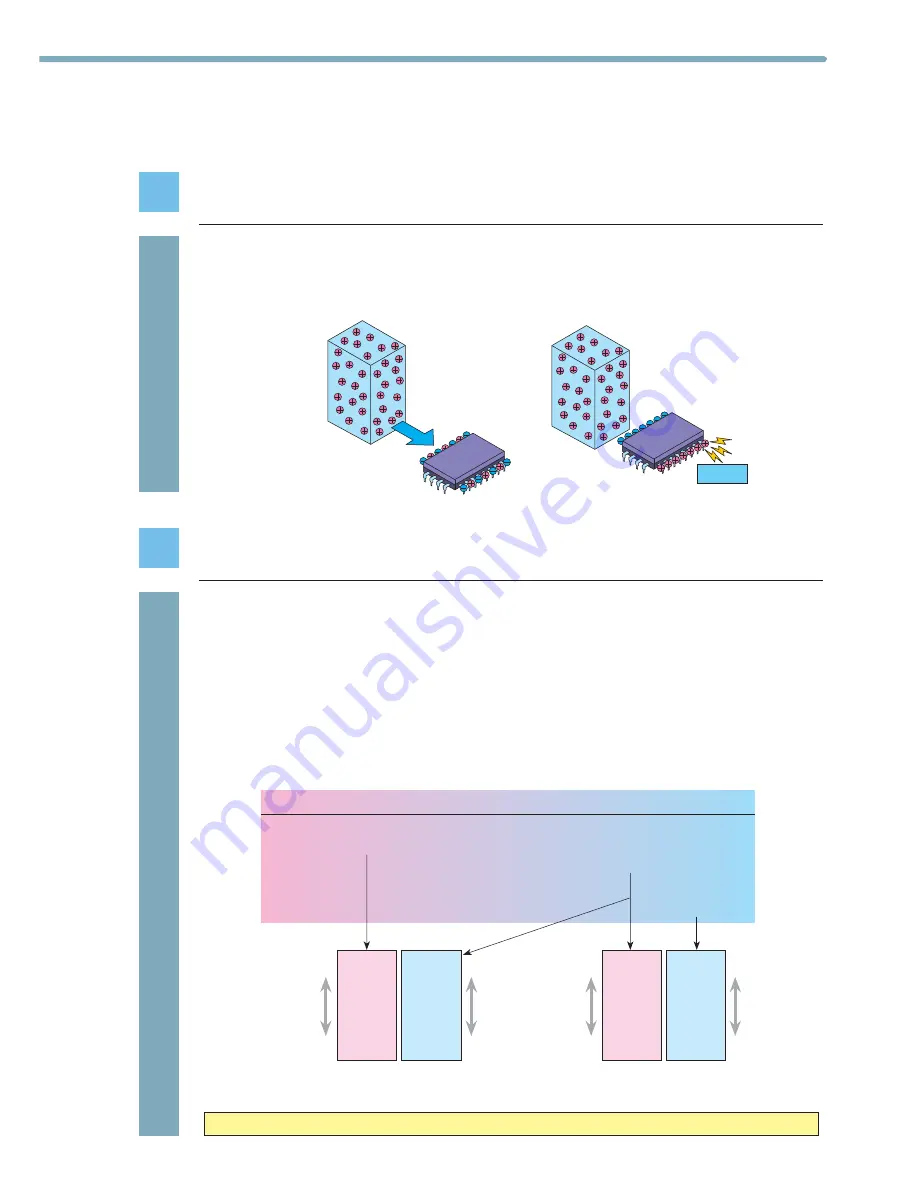
17
Q
Is there an example of work-related trouble with electrostatic induction?
A
Even if a workpiece has no charge, bringing a charged body close to a conductor can cause
polarization within the conductor due to electrostatic induction, resulting in a discharge.
Q
What is a triboelectric series?
A
It is a relative positioning of positively and negatively charged materials undergoing friction. When
two materials are rubbed against each other, the one on the left becomes positively charged, and the
one on the right becomes negatively charged. In general, the magnitude of friction-induced charge is
larger for materials whose positional relationship is distant than for those that are close together.
In addition, if two of the same materials are rubbed together, one will be positively charged and the
other negatively charged.
In reality, of course, variations in temperature, humidity, surface shape, etc., may prevent the
following series from appearing. View this as a general example of what a series could look like.
Discharge
Semiconductor (example of device)
Ground
Charged body
Approaches
Air
Human hand
Asbestos
Glass
Mica
Nylon
Lead
Silk
Aluminum
Paper
Cotton
Steel
Wood
Amber
Sealing w
ax
Hard rubber
Nickel, copper
Tin, silver
Gold, platinum
Sulfur
Rayon
Polyester
Celluloid
Urethane
Polyethylene
Polyvinyl chloride
Silicone
Fluororesin
Positive
Negative
Triboelectric Series
Nylon is
positiv
ely
charged
P
oly
ester is
negativ
ely
charged
P
oly
ester is
positiv
ely
charged
P
olyvin
yl chlor
ide
is
negativ
ely
charged
When polyester and nylon
are rubbed together
When polyester and polyvinyl
chloride are rubbed together
The same material can become either positively or negatively charged depending on the material against which it rubs.
F
riction














